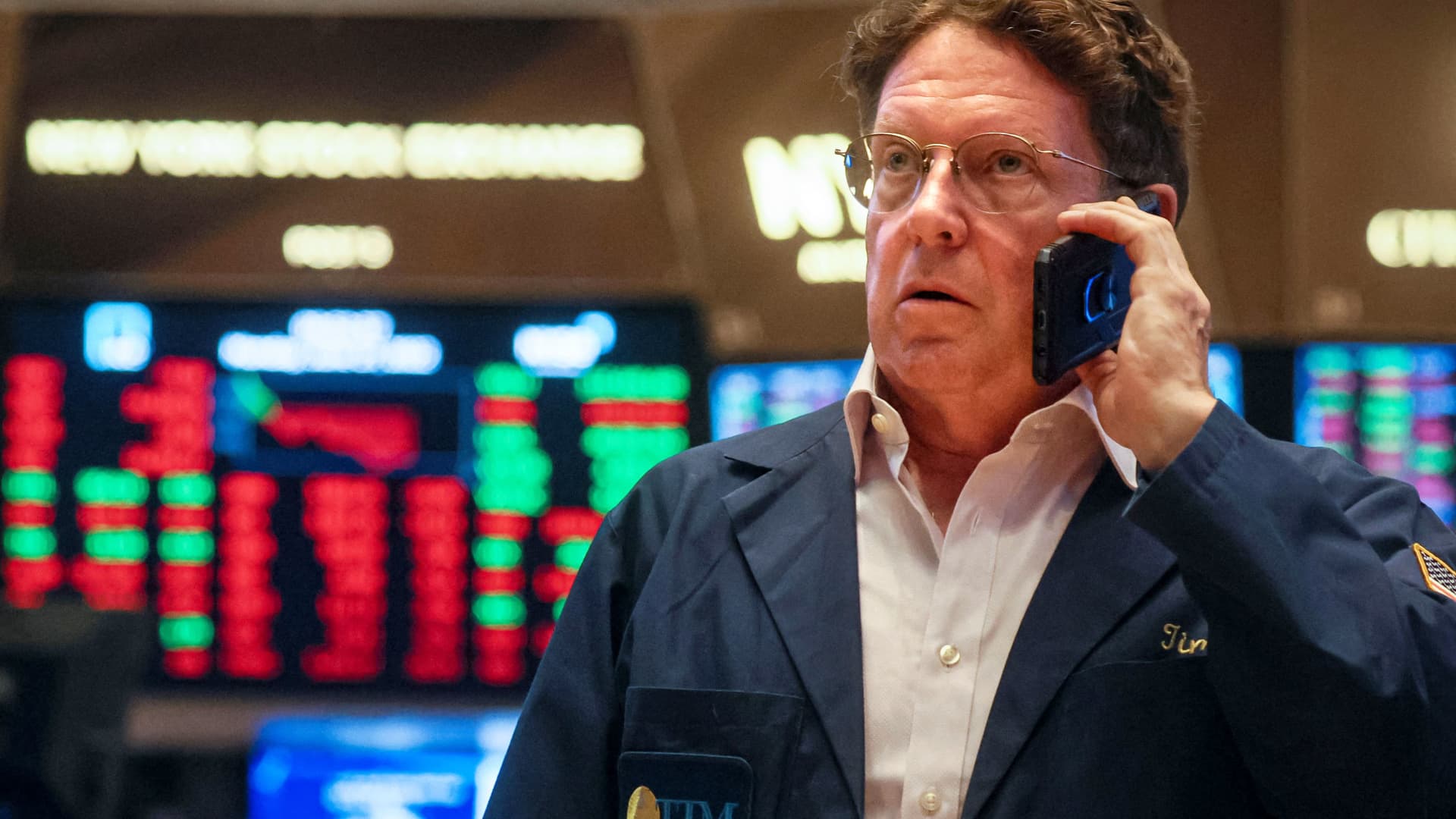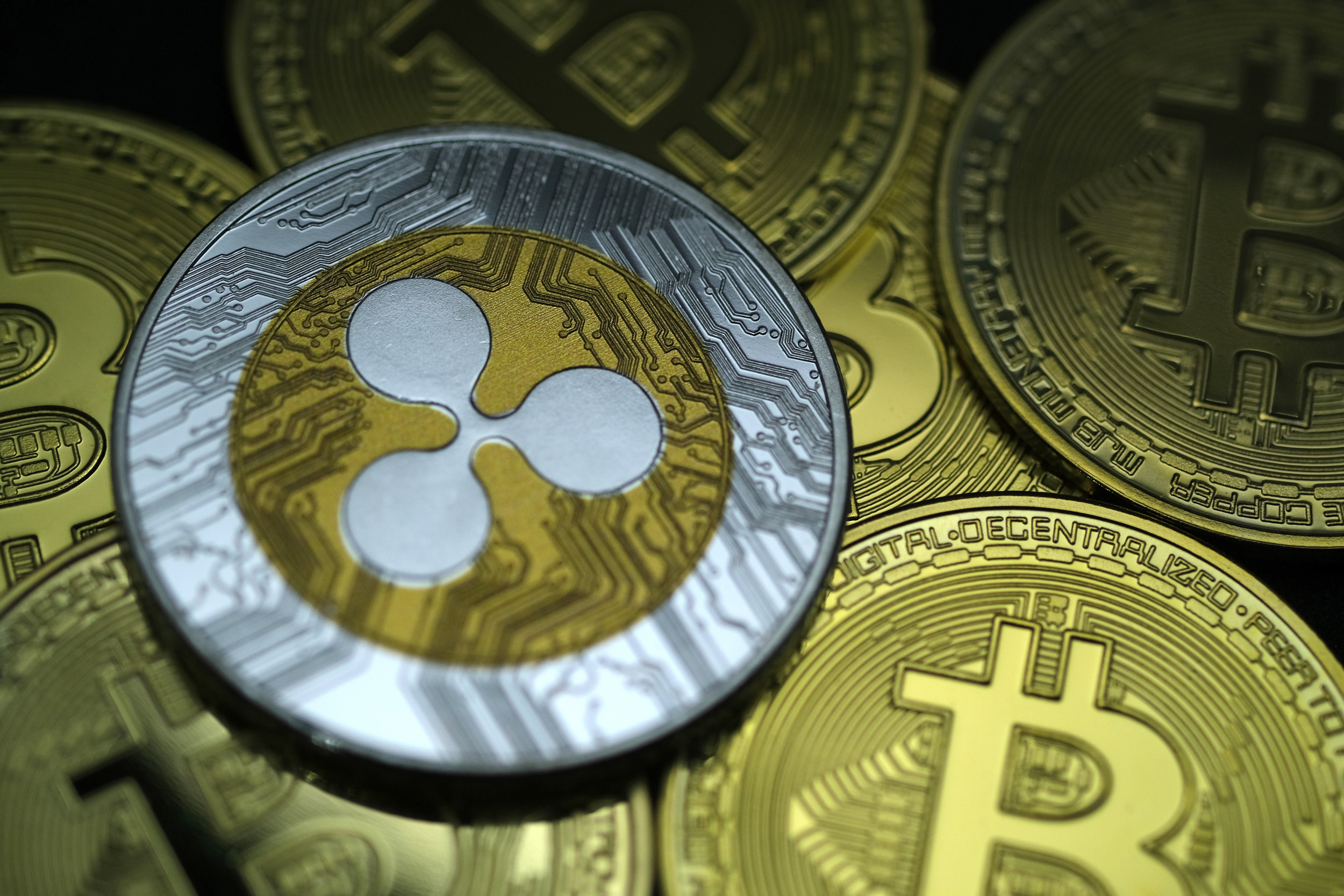S&P 500 falls to start the month after a brutal first half of year
U.S. equities fell Friday after the S&P 500 closed out its worst first-half performance in decades.

Stocks fell Friday after the S&P 500 closed out its worst first-half performance in decades, as disappointing economic data continued to dampen market sentiment. Several profit warnings also pressured stocks.
The S&P 500 slid 0.4%. The Dow Jones Industrial Average dropped 166 points, or 0.5%. The Nasdaq Composite also lost 0.4%. All of the major averages were on pace for their fourth down week in five.
The moves came after several companies lowered their profit guidance, adding to investor concerns that persistent inflation at decades long highs could continue to put pressure on share prices.
"Consensus estimates for 2022 and 2023 remain largely unchanged from the start of the year, even though stock prices have declined considerably since then. Weak guidance could finally force cuts to consensus earnings estimates, which would likely add further downward pressure on stocks," said Greg Marcus, managing director, UBS Private Wealth Management.
General Motors inched higher, even after the company warned about manufacturing issues in the second quarter that could bring its net income for the quarter to between $1.6 billion and $1.9 billion. Analysts expected GM's net income to be about $2.5 billion during the second quarter, according to FactSet.
Meanwhile, Micron Technology fell more than 5% on the back of disappointing fiscal fourth-quarter guidance. Several other chipmakers fell more than 1% with it including Nvidia, Qualcomm and Marvel. Western Digital and Micron lost 3%.
Shares of Kohl's fell 21% after it cut its outlook for the fiscal second quarter, citing softer consumer spending, and terminated talks to sell its business, saying the retail environment has deteriorated since the beginning of its bidding process.
Michael Burry of "The Big Short" also warned that the rout in financial markets is only halfway through and that corporations will see an earnings decline next.
Manufacturing activity weakens
The Institute for Supply Management said manufacturing activity in June was weaker than expected. Its index of national factory activity dropped to 53 for the month, the lowest reading since June 2020. ISM's new orders index also fell to 49.2 from 55.1 — showing contraction for the first time since May 2020.
Thursday marked the end of the second quarter and the first half of the year. For the quarter, the S&P 500 fell more than 16% – its biggest one-quarter fall since March 2020. For the first half, the broader market index dropped 20.6% for its largest first-half decline since 1970. It also tumbled into bear market territory, down more than 21% from a record high set early January.
The Dow and Nasdaq were not spared from the onslaught. The 30-stock Dow lost 11.3% in the second quarter, putting it down more than 15% for 2022. The Nasdaq, meanwhile, suffered its biggest quarterly drop since 2008, losing 22.4%. Those losses pushed the tech-heavy composite deep into bear market territory, down nearly 32% from an all-time high set in November. It's also down 29.5% year to date.
While some on Wall Street are optimistic the market will recover during the remainder of 2022 – history has shown that when the market is down more than 15% in the first half of the year, it tends to rally in the back half – others are preparing for lingering inflation and even more monetary tightening by the Federal Reserve that could set a potential rally back.
The steep first-half and quarterly losses came as investors grapple with sky-high inflation and tighter monetary policy. The Fed, in turn, has stepped up its efforts against the surge in prices, hiking by 0.75 percentage point in June. That was its biggest rate increase since 1994.
Both of these factors have resulted in escalating recession worries. First-quarter GDP contracted by 1.6%, and the Atlanta Federal Reserve's GDPNow tracker is pointing to another 1% decline in economic output for the second quarter.
"If we have any words of comfort, it is that universal losses at this pace rarely take place in successive quarters, but this is not the same as saying that further losses should not be anticipated," wrote Michael Shaoul of Marketfield Asset Management. "This still very much looks to be the middle of the story, the period in which a previously 'pacific' outlook is replaced by something far stormier, and we are yet to see any signs that the weather is about to turn for the better."
Subscribe to CNBC PRO for exclusive insights and analysis, and live business day programming from around the world.

 ValVades
ValVades 































